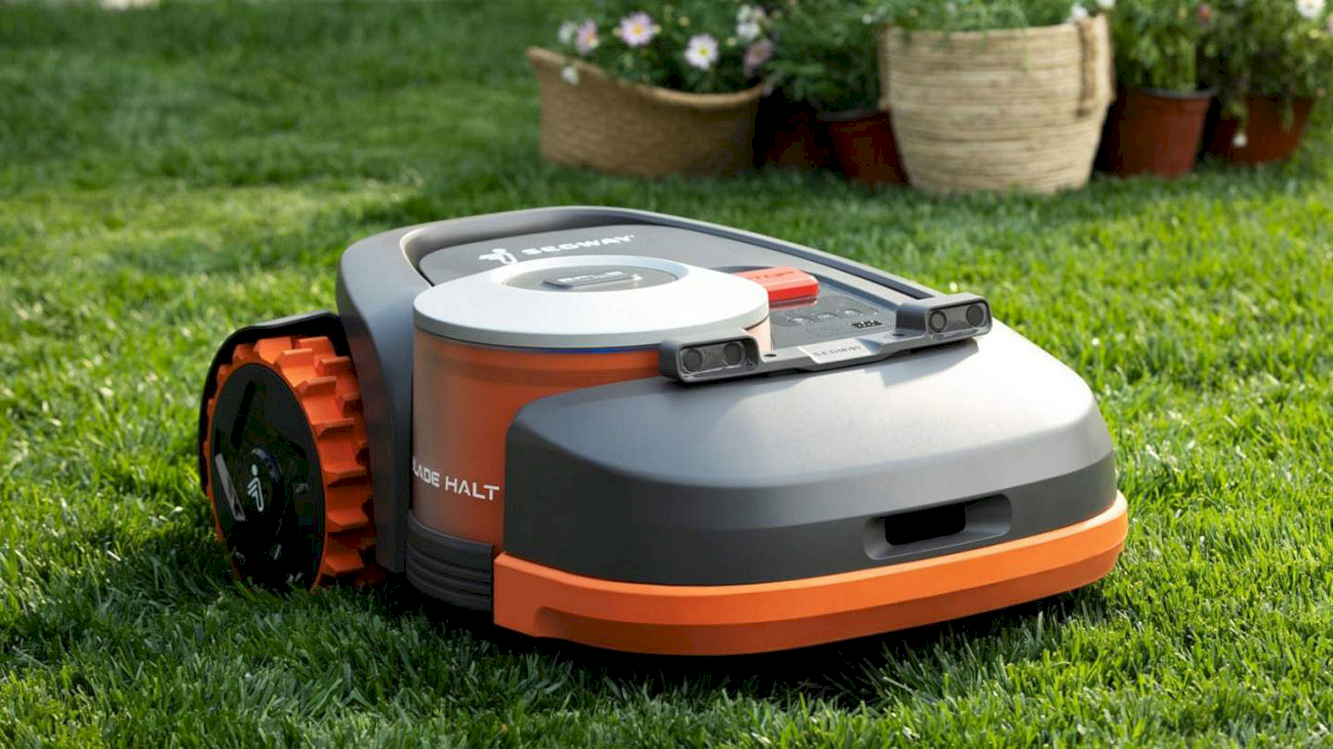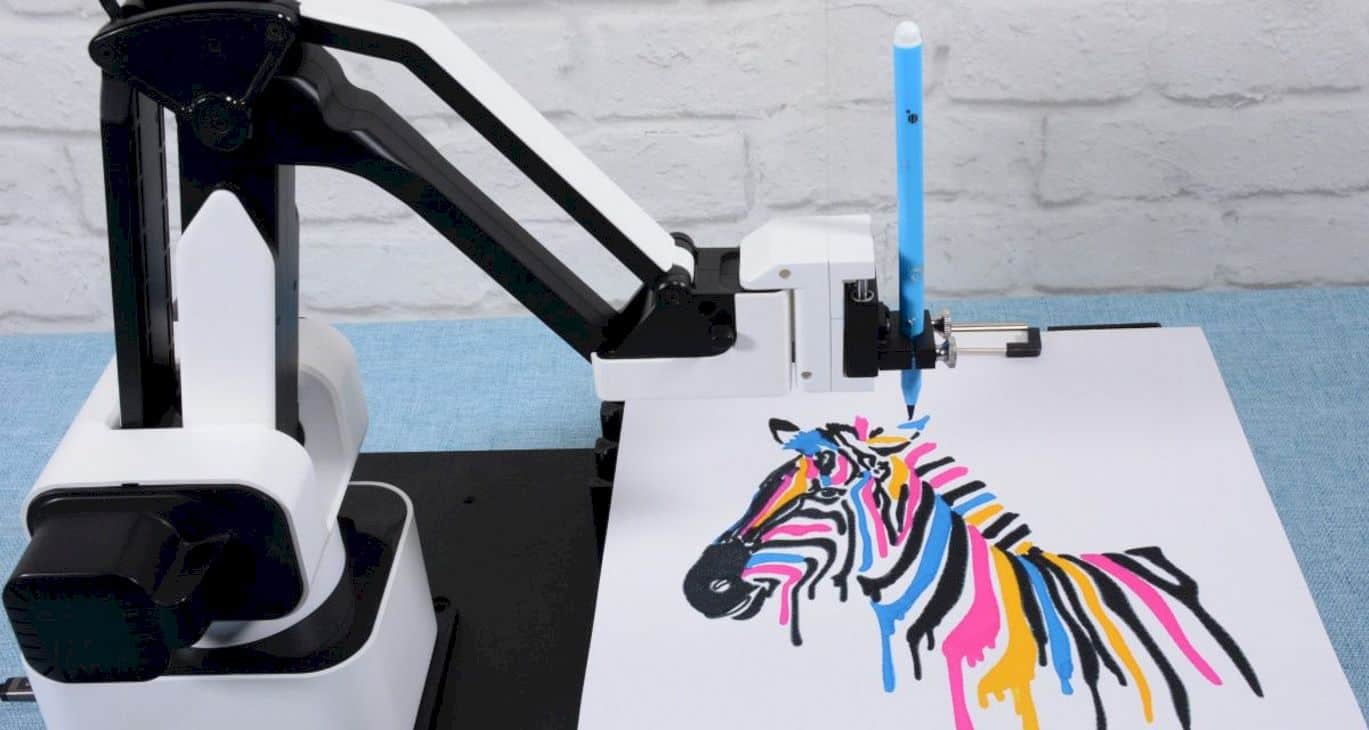As the global warming occurs, the impact on climate has created such an unpredictable disaster that keeps on coming. The need for disaster response robot is becoming one of the more important roles as the terrain might become too difficult to be reached by a human rescuer.
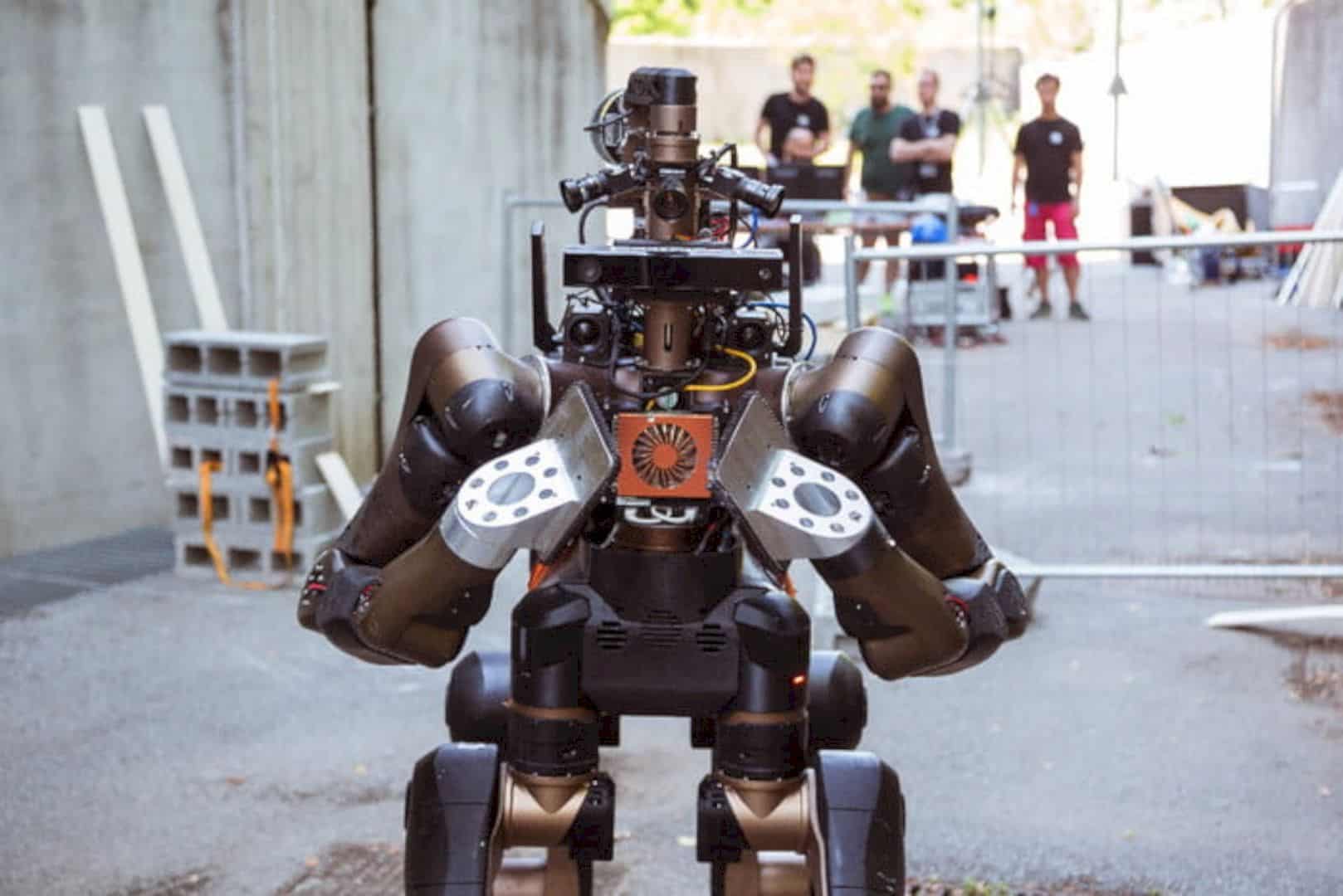
Centauro is the most recent prototype by researchers to locate the most versatile and valuable body-shape for robots intended to help in the emergency situation. More often than not, these type of machines are assembled to look like the human, with two arms and two legs, but with the new finding, the researcher is progressively finding that crossover outlines offer greater adaptability.
The Hybrid Shape
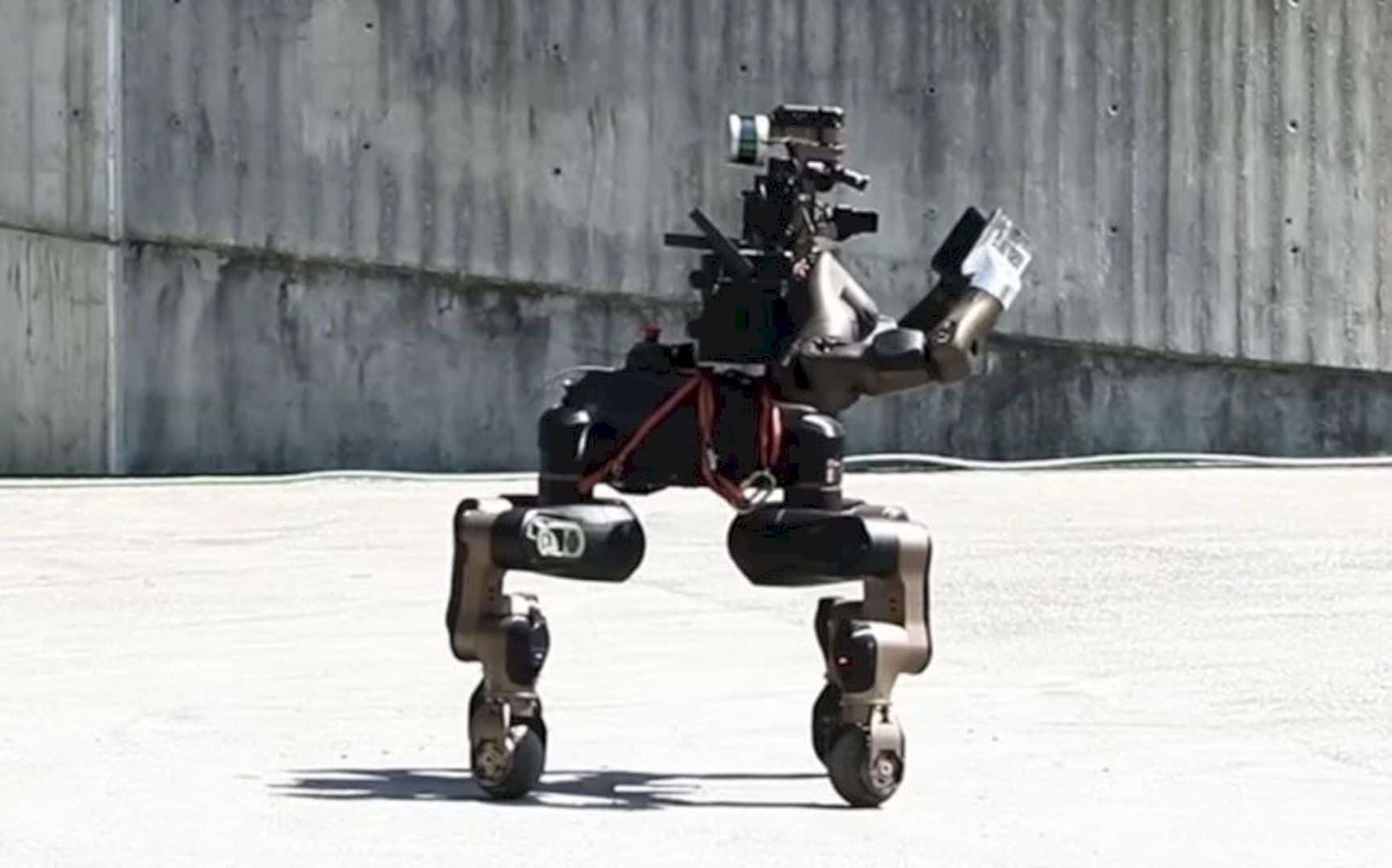
The Centauro robot will comprise a four-legged premise and a human abdominal area and will be driven by lightweight, consistent actuators. It will have the capacity to explore in the influenced man-made conditions, including within structures and stairs, which are jumbled with trash and somewhat fallen.
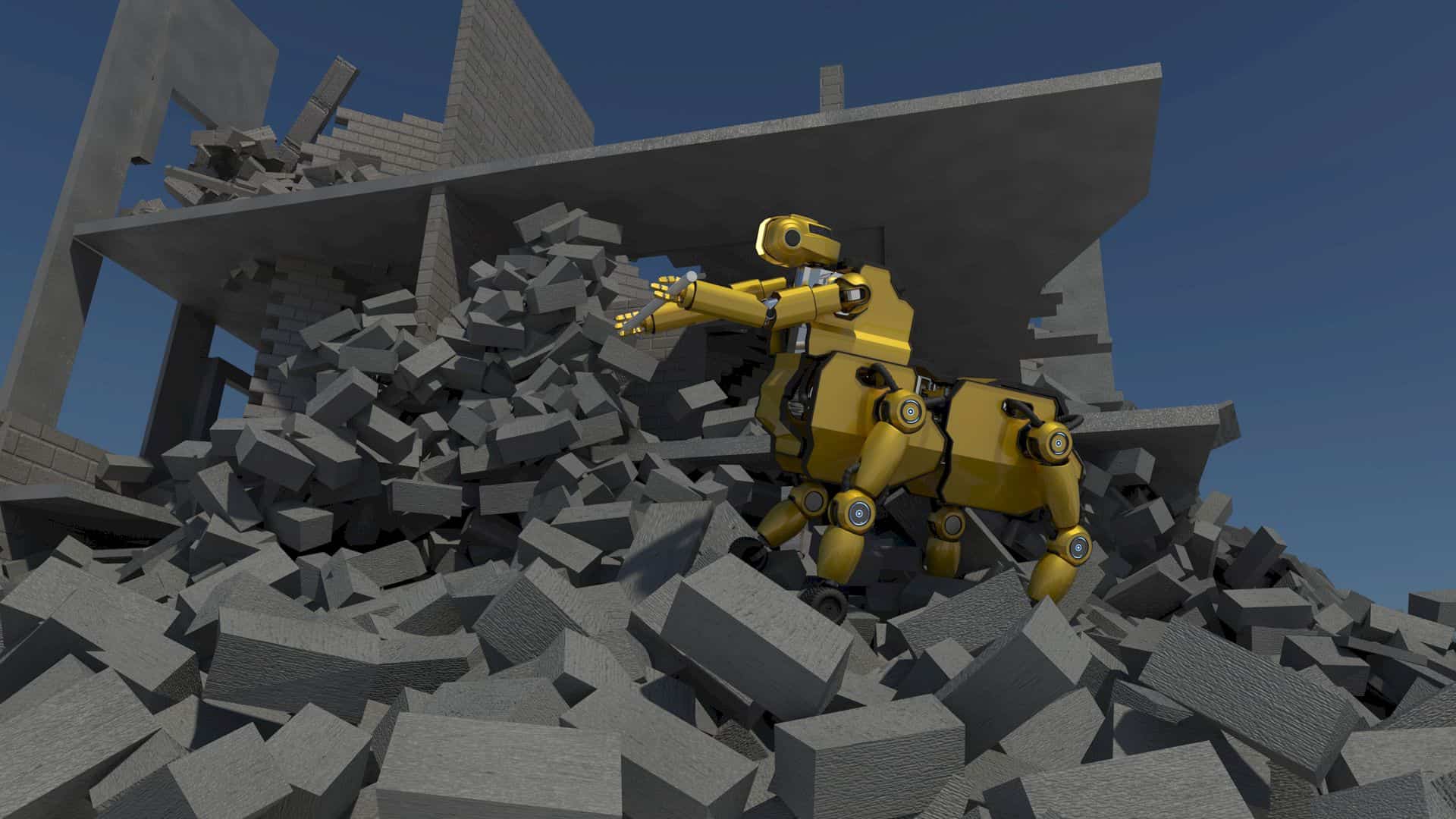
Centauro’s design builds on that of Momaro, another centaur-robot designed by researchers from the University of Bonn. Momaro was the top European performer at DARPA’s Robotics Challenge in 2015, which tested the ability of robots to carry out the sort of tasks they might face in a search-and-rescue mission.
Specs
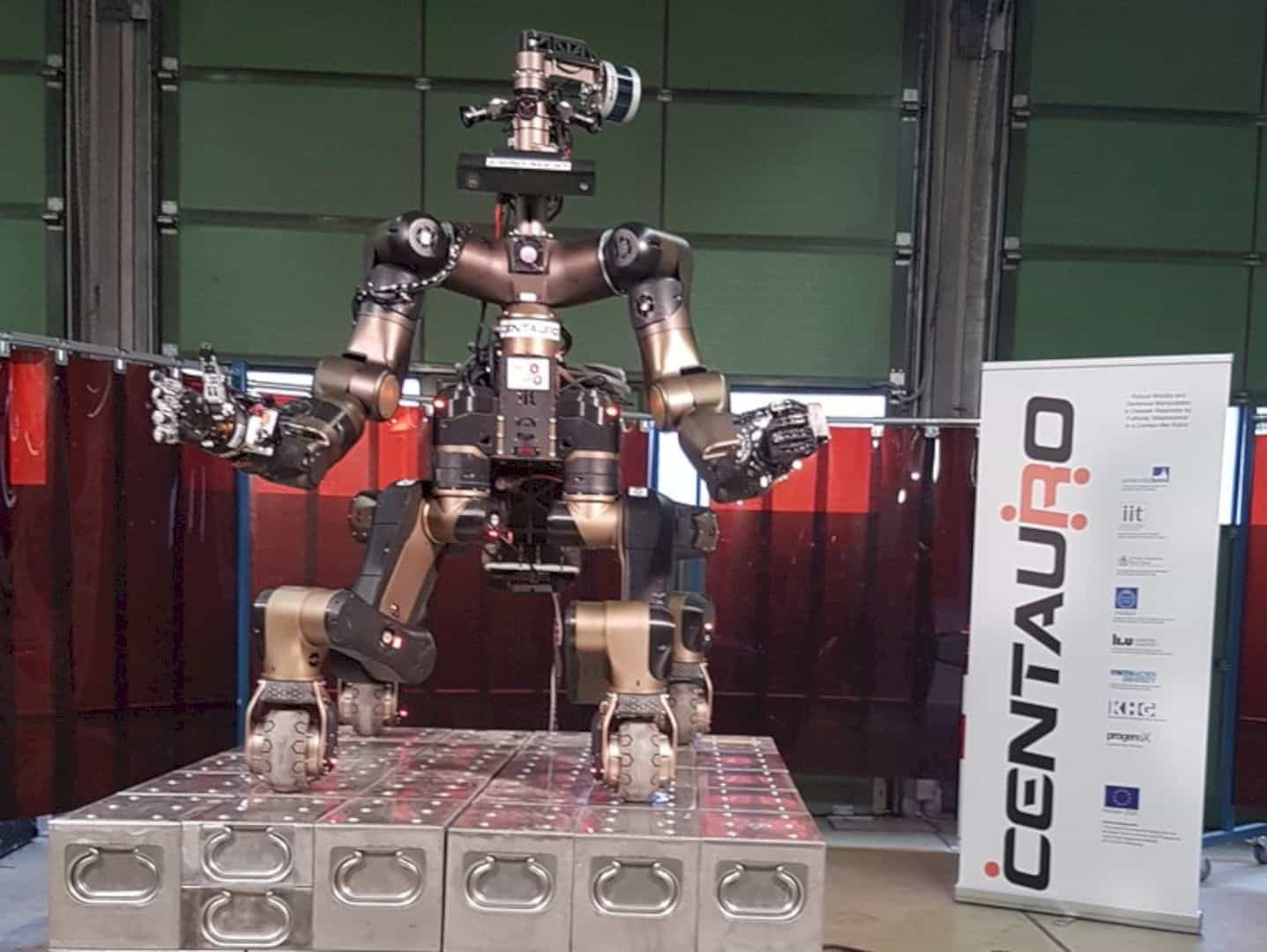
Centauro itself is 1.5 meters tall, weighs 93 kilograms, and is made of a grouping of lightweight metals like aluminum, secured by a 3D-printed plastic. It is controlled consistently by a human administrator.
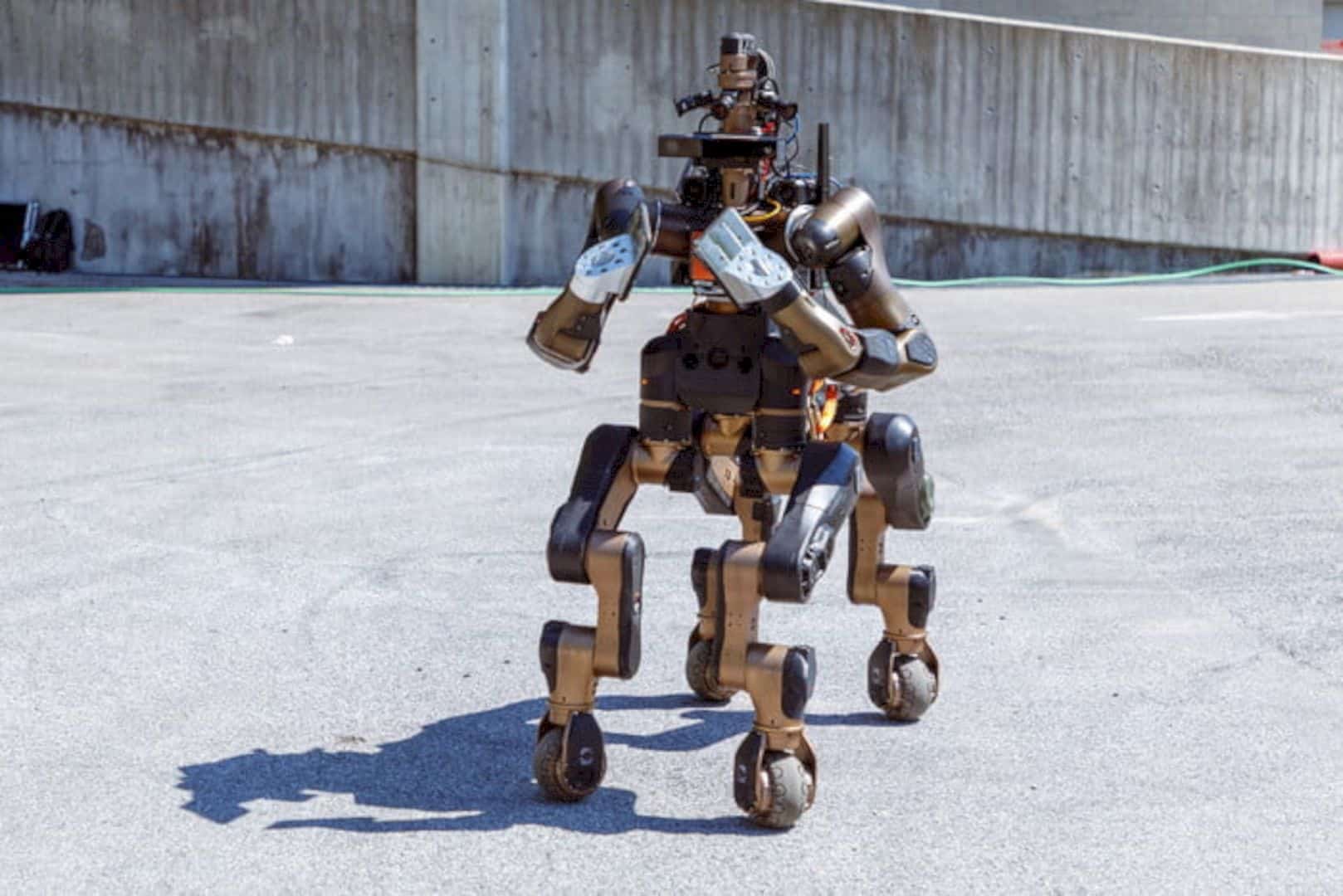
Equipped for working for 2.5 hours at a clasp, the 200-pound robot is intended for moving over tough territory and completing controls requiring high-quality maneuvers.
Framework
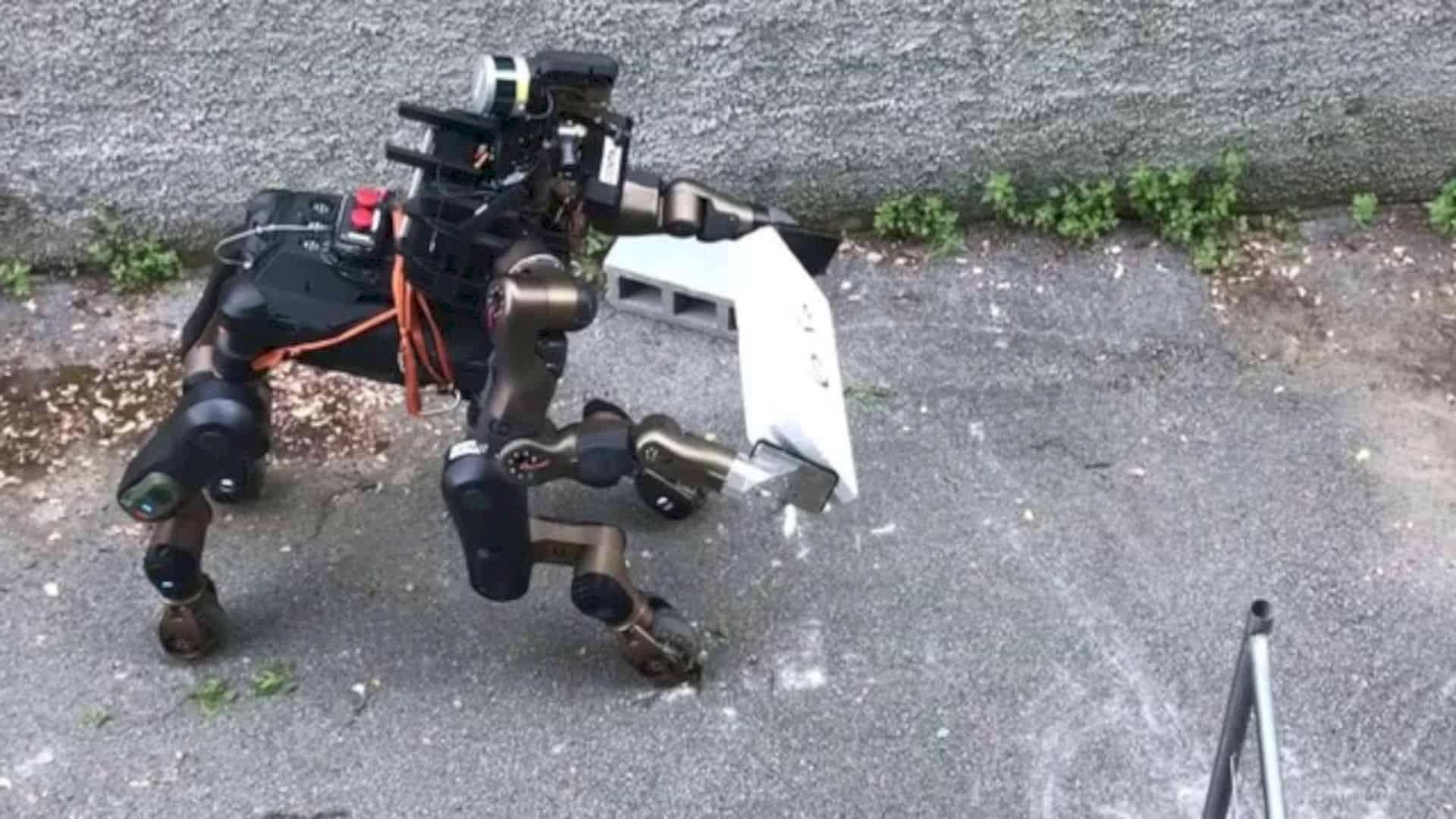
The Centauro framework will be equipped for utilizing unmodified human apparatuses for tackling complex bimanual control, for example, associating a hose or opening a valve, so as to mitigate the circumstance. A human administrator will control the robot by naturally utilizing a full-body telepresence suit that gives visual, sound-related, and haptic control.
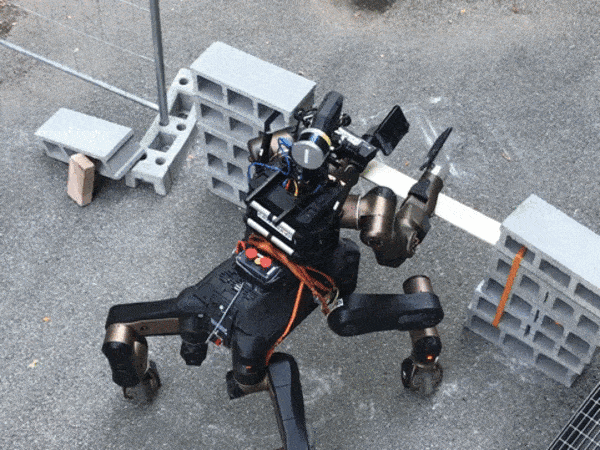
Rich sensors will provide the necessary situational awareness. Robot percepts and suggested actions will be displayed to the operator with augmented reality techniques. For routine manipulation and navigation tasks, autonomous robot skills will be developed. This will allow for taking the operator partially out of the control loop, which will be necessary to cope with communication latencies and bandwidth limitations and to reduce the operator workload.
